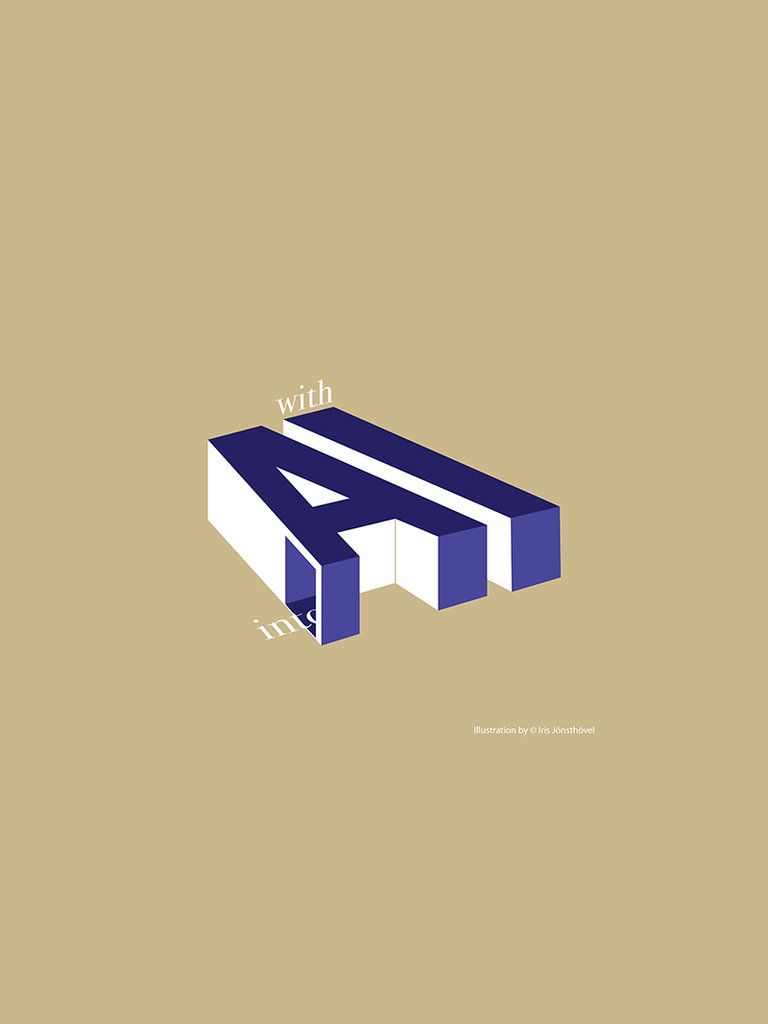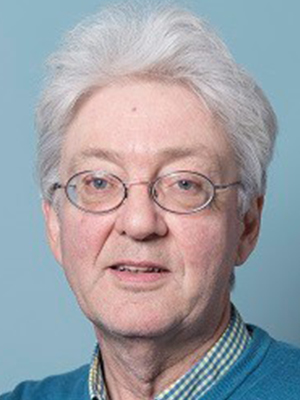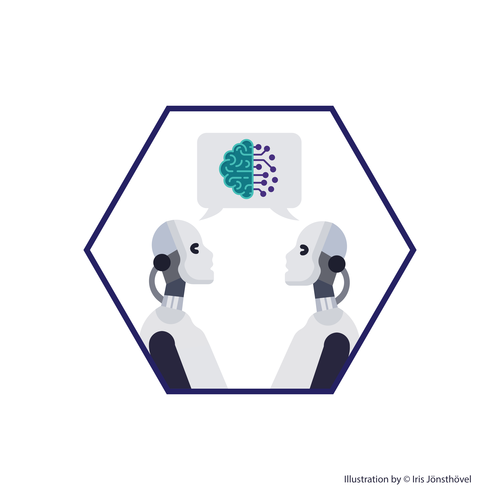
TU Delft knowledge enhances the potential of industrial AI

Arnold Heemink

Robert Babuska
AI already plays a role in numerous industries. Combining the latest AI insights with the laws of physics or robotics, for example, is creating new opportunities. That’s what Prof. Arnold Heemink and Prof. Robert Babuska are working on.
Imagine a production process with numerous variables, including temperature, reaction times and energy consumption. On top of that, there are data about results, such as a quality score. AI technology in the form of machine learning can devise a model (a mathematical formula) that reveals the relationship between that input and output. This kind of AI is already improving production processes.
Bridging the gap
For industrial processes that are entwined with the laws of physics, such as the electricity grid and water management, these AI systems are not suitable, as they do not take account of the principles of physics, such as the conservation of energy and mass. But Prof. Arnold Heemink, professor of mathematical analysis and large-scale models, is working on just that. “Many computer models do include knowledge of physics. Take the models that predict the weather. They produce data. AI actually starts with data and works towards a model via pattern recognition. I attempt to bridge the gap between the two."
Heemink is developing physics-aware AI for use in digital twins: digital copies of complex systems in which the laws of physics play an important role. One example is a digital twin of the Dutch Rhine-Maas Delta, in which Heemink's research group is involved. It can run simulations using data about groundwater levels, water movement and salinisation. "Physics-aware AI is essential for that. Ultimately, our aim is to use it to make predictions about the impact of measures to combat the growing problem of brackish groundwater.”
Enormous computing capacity
But that is still some way off, explains Heemink. "In theory, we can already incorporate the laws of physics in AI. But the resulting algorithms need huge computing capacity that either doesn’t yet exist or just takes too long.” Heemink is now exploring how to simplify the algorithms without undermining the results, so that they need less computing power and can therefore be used.
Heemink takes pleasure from the fact that the underlying mathematical principles of his work are generic. "At TU Delft, not only is there a critical mass of experts in calculation models, but also a range of domains in which to apply all that computing. That means there is huge potential.” The facilities for tapping into that potential are also there. Recently TU Delft acquired its own supercomputer, the only university in the Netherlands to have one.
Working it out for themselves
One of the other experts is Prof. Robert Babuska. He is researching algorithms in reinforcement-learning systems and combining them with robotics. His ultimate aim is to create robots that you no longer have to programme. They work out for themselves how to best complete their task and can learn both from their own mistakes and from human input. There are countless potential areas of application, but Babuska is primarily focusing on dirty, dull or dangerous work in the construction sector or agriculture industry that is often still done by humans. Babuska: “Imagine a robot in a greenhouse that picks tomatoes and gets feedback like ‘the picking was too slow’ and then opts for different strategies."
Engine of innovation
Babuska's research is part of various collaborative alliances, including the NWO Perspectief programme FlexCraft. In addition to TU Delft and twelve companies, the University of Twente, Wageningen University and the University of Amsterdam are also involved. They are improving the technology of robotics based on three case studies: greenhouse cultivation, food processing and food packaging. Babuska: "In this process, applied and fundamental research reinforce each other. It’s the driver of innovation.”
Robot crèches
The main challenges that Babuska envisages involve expectations of robotics, partly inspired by trendy videos of robots capable of mastering a single task in a simple environment. Factories, farmers and industry are expecting robots that can work 24/7 without making mistakes. This is partly because they would otherwise not be financially viable. Babuska: “But robots that are working in a complex environment need time to learn." That could possibly be speeded up by having robots learn from each other. “I’m very much in favour of robot crèches, where they advance in classes to a level at which they are both viable and reliable.”
